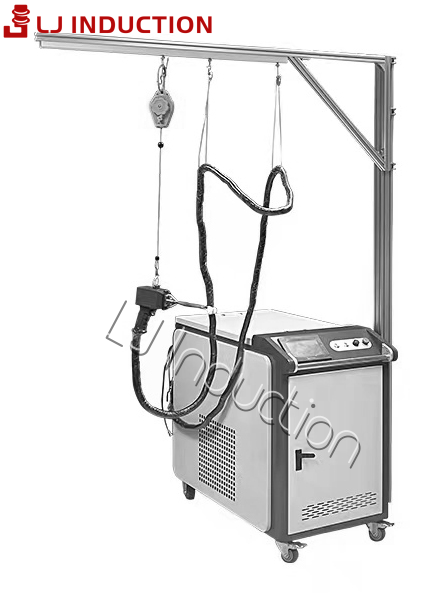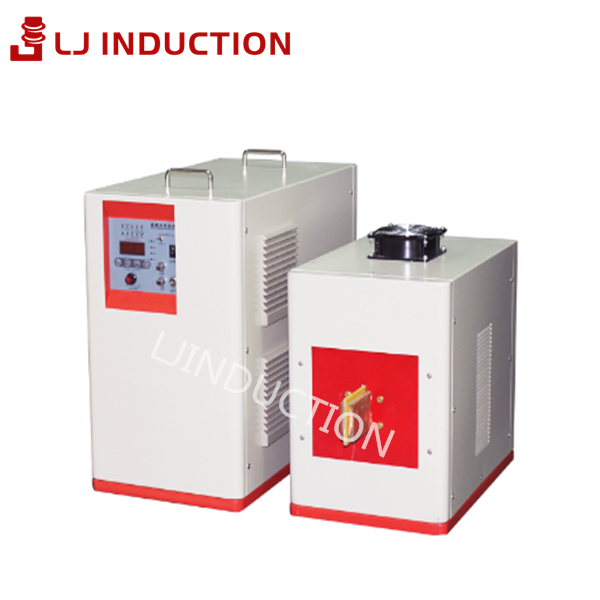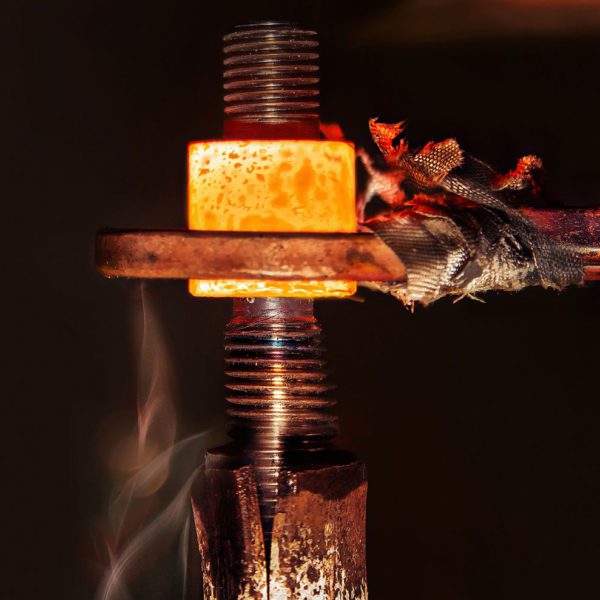What is induction welding?
By induction welding, heat is electromagnetically induced within the workpiece. For edge welding of tubes and pipes, induction welding is ideal because of its speed and accuracy. The high-speed pipe passes an induction coil continuously. During this procedure, the edges of the sheet metal are heated, and then pressed together to create a longitudinal seam.
High-volume production is a good fit for the induction welding process. A contact head can also be installed on an induction welder, making it a dual-purpose welder.
What are the advantages of induction welding?
Automated longitudinal induction welding offers high precision and efficiency. LJ Induction welding systems reduce costs due to their low power consumption and high efficiency. They are repeatable and controllable, minimizing scrap.
We also have systems that suit a wide range of tube sizes, with automatic load matching ensuring full output power. Moreover, since they are small, they are easy to retrofit to existing processes.
Where is induction welding used?
The tube and pipe industry uses induction welding not only for stainless steel, aluminum, low carbon and high strength low alloy (HSLA) steels, but also for many other conductive materials.
Examples

Brass Metal

Brass Metal

Brass Metal

Brass Metal

Brass Metal

Brass Metal

Brass Metal

Brass Metal

Brass Metal

Brass Metal

Brass Metal

Brass Metal
Popular Machine in Induction Welding
Induction Heating for Welding Terminator Machine
High Frequency Induction Air Conditioner Parts Welding Machine
News about Induction Welding
 Induction Heating Tech
Induction Heating Tech Understanding How Frequency Affects Induction Heating
Deprecated: preg_replace(): Passing null to parameter #3 ($subject) of type array|string is deprecated in /home/u872448966/domains/inductionheatmachine.com/public_html/wp-includes/kses.php on line 1805
Benefit of using induction heating
All LJinduction heating machine
Request Evaluation of your heating requirement
Request Info
About Company





